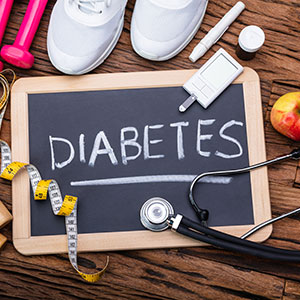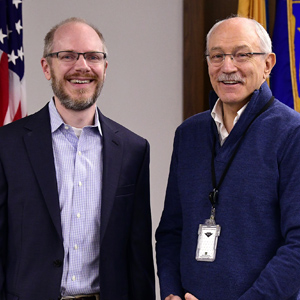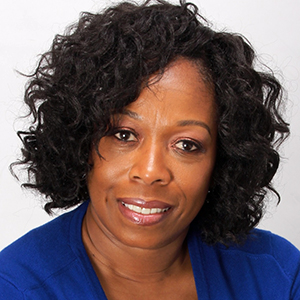Trainees at NIEHS — including postdoctoral, graduate, postbaccalaureate, and visiting fellows — are taking a robust role in the institute’s efforts to promote equity in its operations and research.
“At NIEHS we are expanding our efforts to ensure an inclusive work environment,” said Tammy Collins, Ph.D., director of the Office of Fellows’ Career Development (OFCD). She listed steps such as creation of affinity groups for trainees, improved awareness of biased behaviors, more acknowledgement for health disparities research projects, and a trainee-initiated journal club that reviews relevant papers.
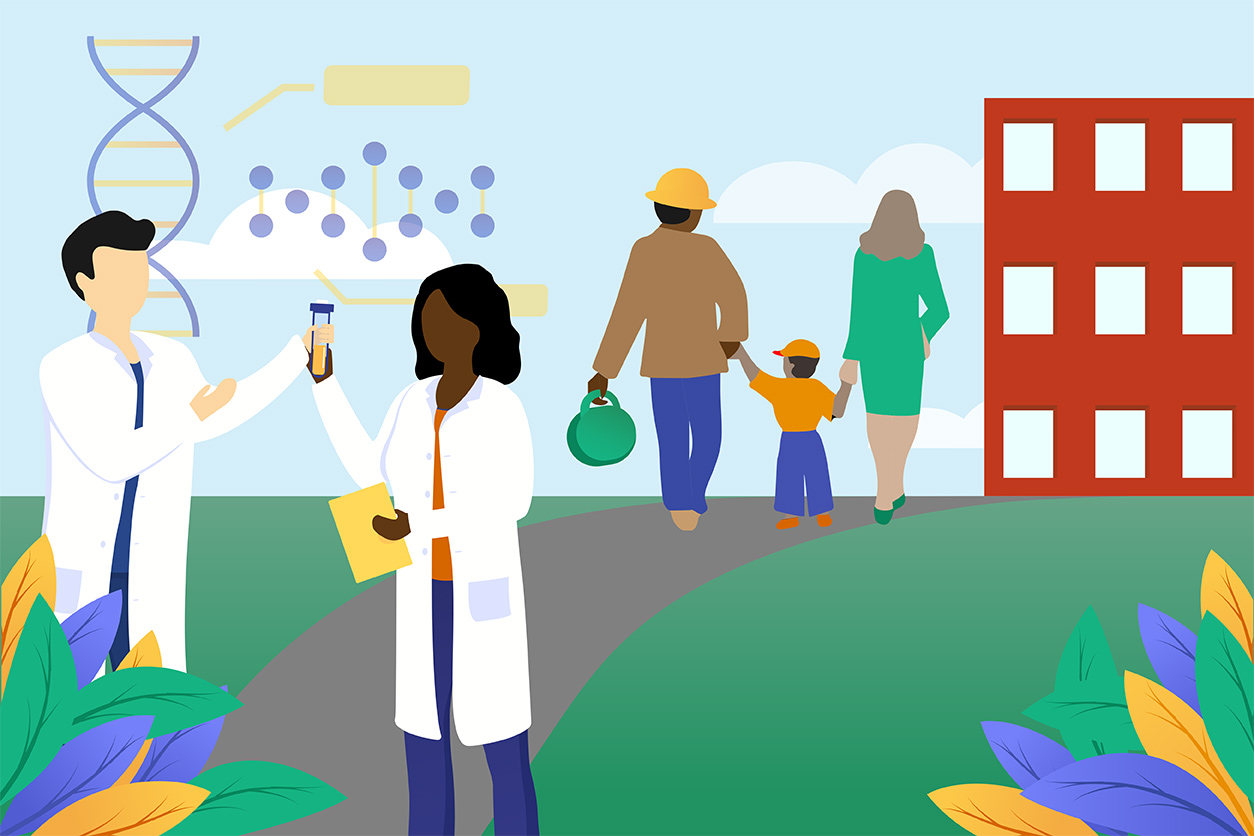 An NIEHS trainee said they were motivated to excel in this career path in honor of family members denied past employment positions due to their race. (Image courtesy of NIEHS)
An NIEHS trainee said they were motivated to excel in this career path in honor of family members denied past employment positions due to their race. (Image courtesy of NIEHS)Support
To support career development and resilience of trainees from populations underrepresented in the scientific workforce, the National Institutes of Health (NIH) Office of Intramural Training and Education offers affinity groups where they can connect with each other and share experiences. These meetings have typically been held on the NIH campus in Bethesda, Maryland.
The comparatively smaller number of staff at NIEHS presented a challenge to that approach. Now, with events held virtually due to the coronavirus pandemic, the NIH meetings are fully accessible to folks from the institute’s North Carolina campus.
At NIEHS, a broad-based group of trainees from underrepresented groups is just beginning to form, according to Collins. “The group aims to uplift the voices of those marginalized in the STEM [science, technology, engineering, and math] field,” she explained. “We hope to build a community that inspires positive, supportive relationships among all our scientists.”
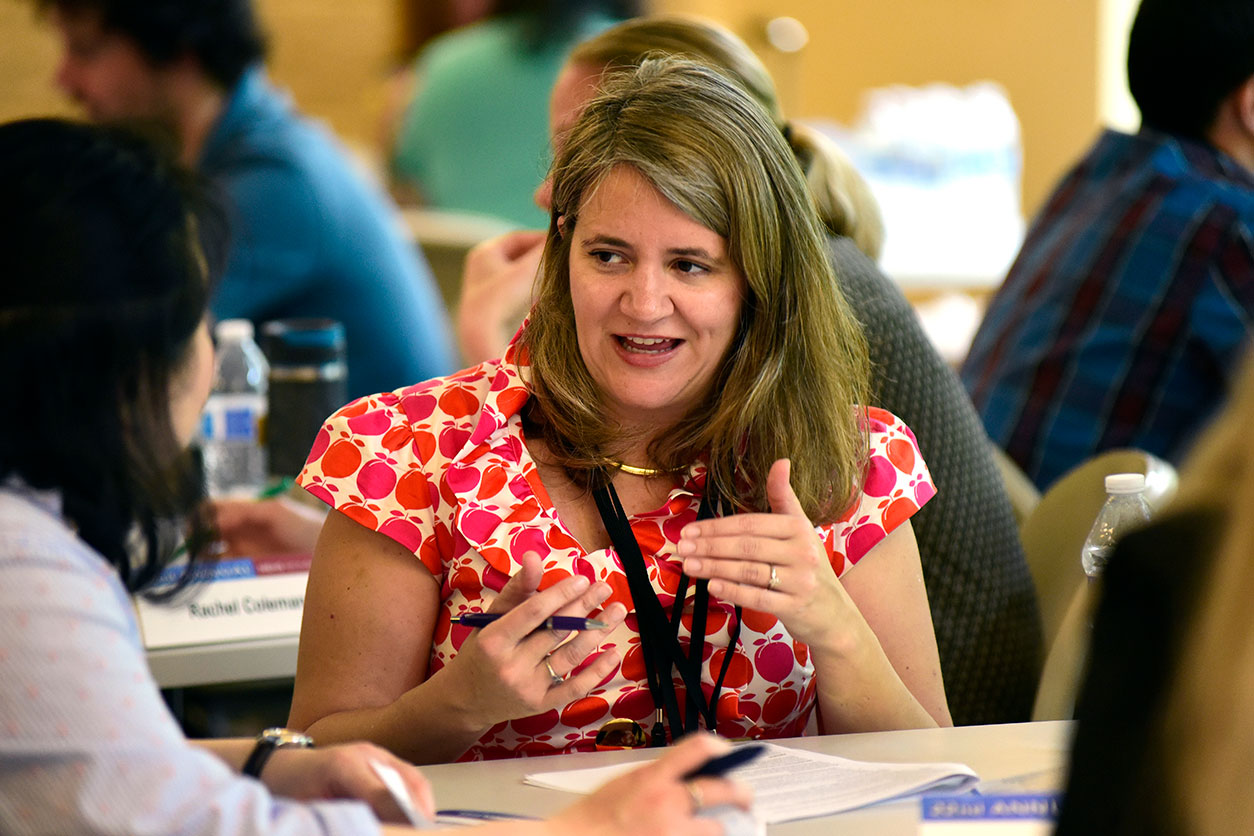 Collins, shown offering resume review during the 2019 NIEHS career symposium, pointed to additional resources for trainees on the OFCD website. (Photo courtesy of Steve McCaw)
Collins, shown offering resume review during the 2019 NIEHS career symposium, pointed to additional resources for trainees on the OFCD website. (Photo courtesy of Steve McCaw)Inclusive leadership
From 2012 until recently, a portion of the NIEHS mentor training course highlighted steps that trainees, as future leaders of laboratories and other scientific programs, could take to build inclusive workplaces.
Because not all researchers have experienced bias, opening their eyes to behaviors they might not be aware of is a productive first step toward establishing more equitable workplaces. “We are very data-focused,” said Collins, citing research on gender bias.
For example, one study found that women invited to speak at conferences had overall higher impact publications compared with men, suggesting that they had to reach higher achievement levels to receive the same invitation. When this information was shared with conference organizers, they took steps to equalize invitations to highly qualified researchers. “In addition to studies examining gender, we also assessed data from studies on race,” she said.
Journal club
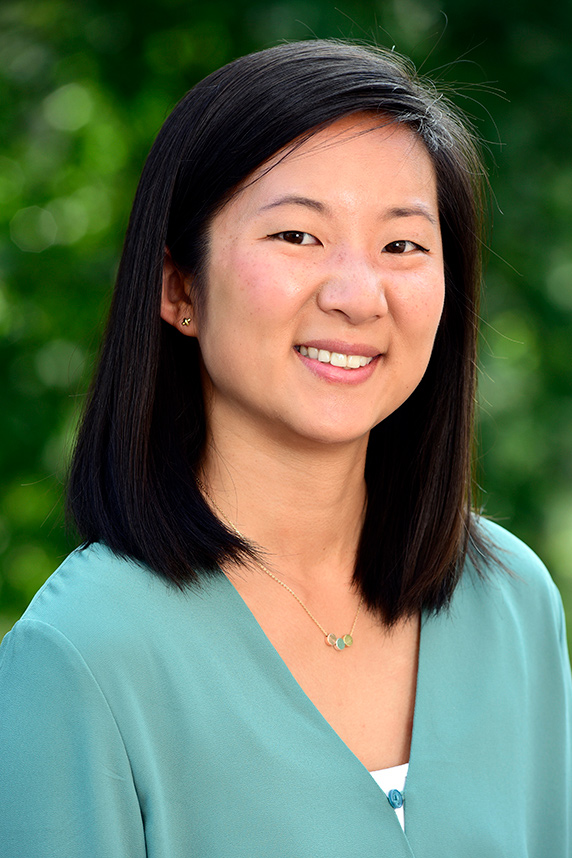 Huang also volunteers to write for the Environmental Factor. (Photo courtesy of Steve McCaw)
Huang also volunteers to write for the Environmental Factor. (Photo courtesy of Steve McCaw)An environmental and racial justice journal club is the brainchild of postdoctoral fellows Mimi Huang, Ph.D., in the Division of the National Toxicology Program (NTP); Elizabeth Martin, Ph.D., from the Eukaryotic Transcriptional Regulation Group; and others. Martin is also president of the NIEHS Trainees Assembly (NTA).
“I wanted to educate myself — and provide others the opportunity as well — around race in America and how it affects research, which I didn’t have the space to do in graduate school,” said Huang. “Also, we hear a lot about the problems, but what are some of the ways we can effect change?”
How are data interpreted?
The club discusses peer-reviewed papers in light of environmental justice and race, such as a 2017 report that linked race with differences in airway inflammation in asthma patients. “The authors raised potential genetic differences between races but didn’t address the environment at all,” Huang pointed out. “Yet asthma is very environment-related. We know environmental and social factors are involved.”
That point was reinforced by a 2014 paper the club discussed in a later meeting. Its lead author is former NIEHS and NTP Director Ken Olden, Ph.D., namesake of a new lecture series. “Minority communities of color are exposed to more environmental pollutants than are white communities because toxic waste sites, landfills, congested roadways, and manufacturing facilities are most often located in such neighborhoods,” the authors wrote.
“I joined the journal club with the intention of engaging in the ongoing conversations about race in science at NIEHS,” said one participant. “I know that my career in science must include active participation in issues around the fight for equity — whether in academia, or in the community at large — in terms of environmental and health justice. This journal club is one of many entry points into this active engagement.”
Citations:
Klein RS, Voskuhl R, Segal BM, Dittel BN, Lane TE, Bethea JR, Carson MJ, Colton C, Rosi S, Anderson A, Piccio L, Goverman JM, Benveniste EN, Brown MA, Tiwari-Woodruff SK, Harris TH, Cross AH. 2017. Speaking out about gender imbalance in invited speakers improves diversity. Nat Immunol 18(5):475–478.
Nyenhuis SM, Krishnan JA, Berry A, Calhoun WJ, Chinchilli VM, Engle L, Grossman N, Holguin F, Israel E, Kittles RA, Kraft M, Lazarus SC, Lehman EB, Mauger DT, Moy JN, Peters SP, Phipatanakul W, Smith LJ, Sumino K, Szefler SJ, Wechsler ME, Wenzel S, White SR, Ackerman SJ. 2017. Race is associated with differences in airway inflammation in patients with asthma. J Allergy Clin Immunol 140(1):257–265.e11.
Olden K, Lin Y-S, Gruber D, Sonawane B. 2014. Epigenome: biosensor of cumulative exposure to chemical and nonchemical stressors related to environmental justice. Am J Public Health (10):1816–1821.





